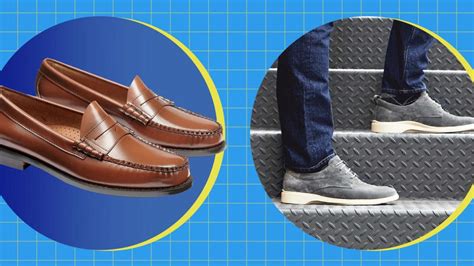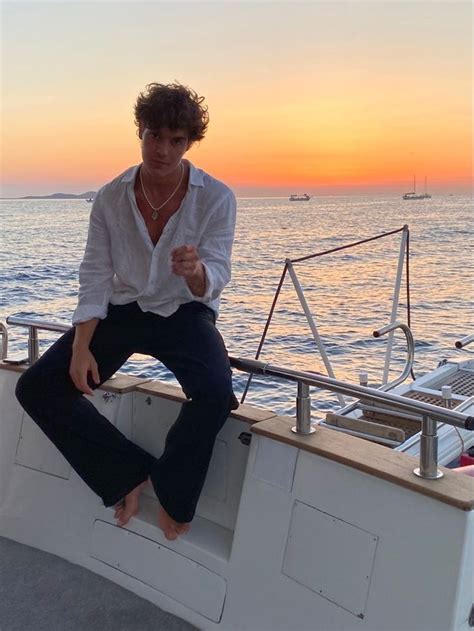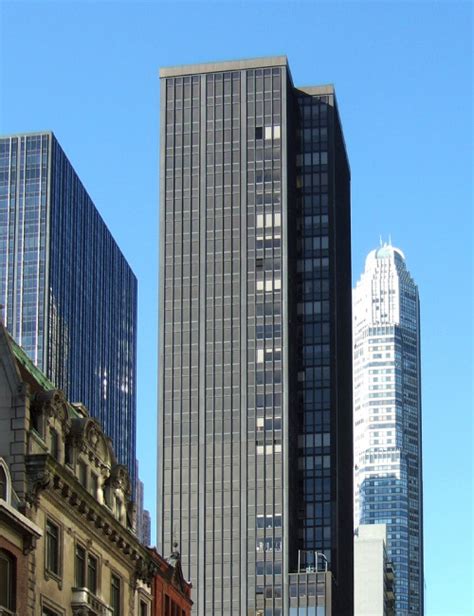The Enduring Allure (and Debate) of Bare Ankles
Few stylistic choices for men ignite as much discussion as the decision to go sockless with loafers or sneakers. It’s a look that has permeated fashion landscapes globally, from casual Fridays to high-street influencer aesthetics. But for every enthusiast who champions its sleekness and comfort, there’s a detractor who questions its practicality, hygiene, or longevity. So, where does this polarizing trend stand? Is it a permanent fixture in the menswear lexicon, or a fleeting fad destined for the annals of fashion history?
The sockless approach, particularly with slip-on shoes, evokes a certain sprezzatura – an Italian term for studied carelessness, or nonchalant elegance. It’s a statement that says, “I put thought into my appearance, but not too much.” Yet, the execution of this look is crucial, and its appropriateness often hinges on context, climate, and the specific footwear.

A Nod to Tradition: Loafers and the Classic Bare Ankle
For loafers, the sockless look is arguably rooted in tradition. European fashion, particularly from Italy and the Mediterranean, has long embraced the bare ankle with sophisticated casual wear. Think of Riviera style: tailored linen trousers, a crisp button-down, and a pair of polished loafers worn without socks. This imagery is synonymous with effortless summer chic and has been a cornerstone of warm-weather menswear for decades.
The rationale here is clear: loafers are inherently less formal than lace-up dress shoes, making them perfect companions for a relaxed, yet refined, appearance. Going sockless accentuates the shoe’s profile, creates a clean line between the trouser hem and the footwear, and avoids the visual interruption of a sock. It’s less a trend and more an established mode of dressing for specific occasions and seasons.
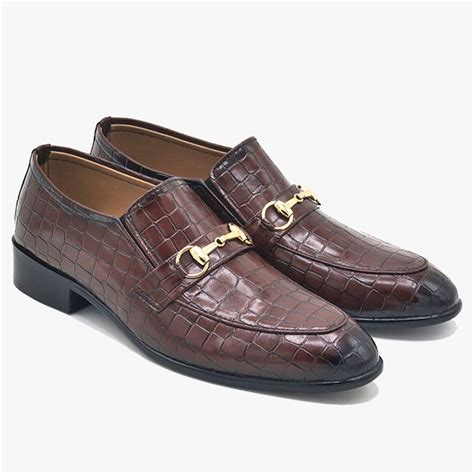
The Modern Evolution: Sneakers Embrace the Sockless Look
The extension of the sockless trend to sneakers, however, feels more contemporary. While running shoes are typically worn with athletic socks for performance, casual sneakers – especially low-profile canvas or leather styles – have increasingly been paired with bare ankles. This shift aligns with the broader casualization of menswear, where comfort and a relaxed vibe often take precedence.
For sneakers, the sockless look helps to create a streamlined, minimalist aesthetic. It prevents socks from clashing with the sneaker’s design or from bunching awkwardly. This has become a staple for street style and smart-casual outfits, particularly popular in urban environments and among younger demographics. It projects an air of cool, unbothered confidence, but also raises more practical questions about foot health and shoe longevity.
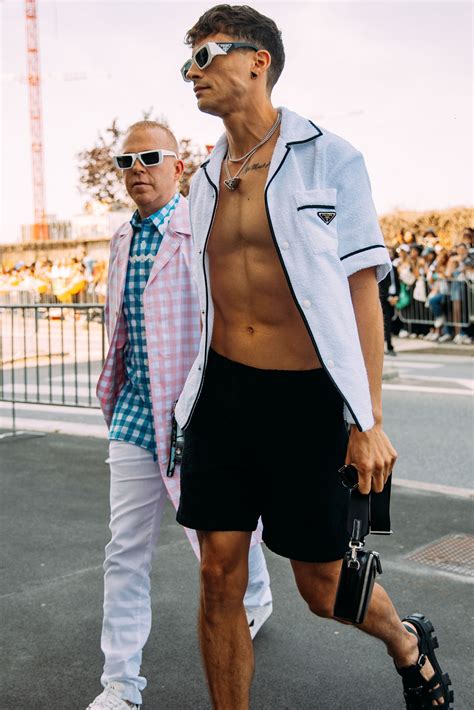
Weighing the Pros and Cons
Pros:
- Aesthetics: Creates a clean, uncluttered line, elongating the leg and emphasizing the shoe.
- Comfort: Can feel lighter and more breathable, especially in warmer climates.
- Style Versatility: Instantly dresses down a formal shoe or elevates a casual one.
Cons:
- Hygiene: Direct contact between foot and shoe can lead to sweat, odor, and bacterial buildup.
- Comfort (Potential Blisters): Friction without a protective layer of fabric can cause blisters.
- Shoe Longevity: Sweat and oils can degrade shoe lining faster.
- Formality: Universally inappropriate for very formal occasions.
Many men opt for a practical compromise: the ‘no-show’ sock. These low-cut socks offer the visual effect of being sockless while providing a barrier against sweat and friction, addressing the primary concerns of going truly bare-ankled.
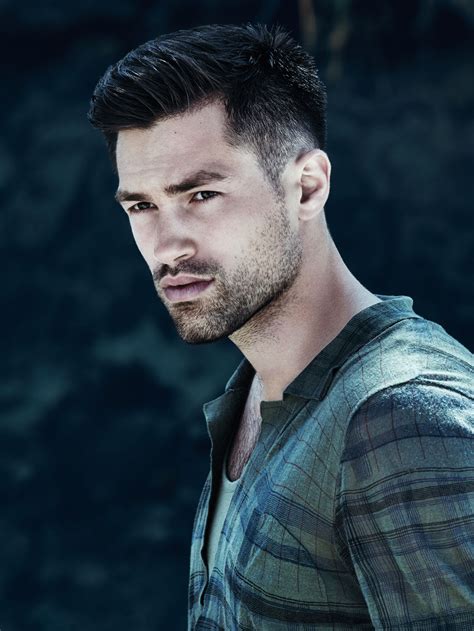
So, Classic or Trend? The Verdict
Ultimately, the sockless look occupies a nuanced space in men’s fashion. For loafers, particularly in warm-weather, casual-smart contexts, it has achieved classic status. It’s a timeless choice that feels elegant and natural. However, its widespread adoption with sneakers, and its sometimes forced application in cooler climates or inappropriate settings, leans more heavily into the realm of a seasonal or even fleeting trend.
The true test of a ‘classic’ is its enduring relevance across changing fads and its ability to be executed with genuine style without appearing dated. While going sockless with loafers often passes this test, the sneaker application is more susceptible to the ebb and flow of trends.
The best approach is to consider context, comfort, and personal style. If you embrace the look, invest in high-quality no-show socks to mitigate the downsides. As with all fashion choices, confidence and appropriate execution are key. It’s not about blindly following a rule, but about understanding how a style choice contributes to your overall aesthetic.


